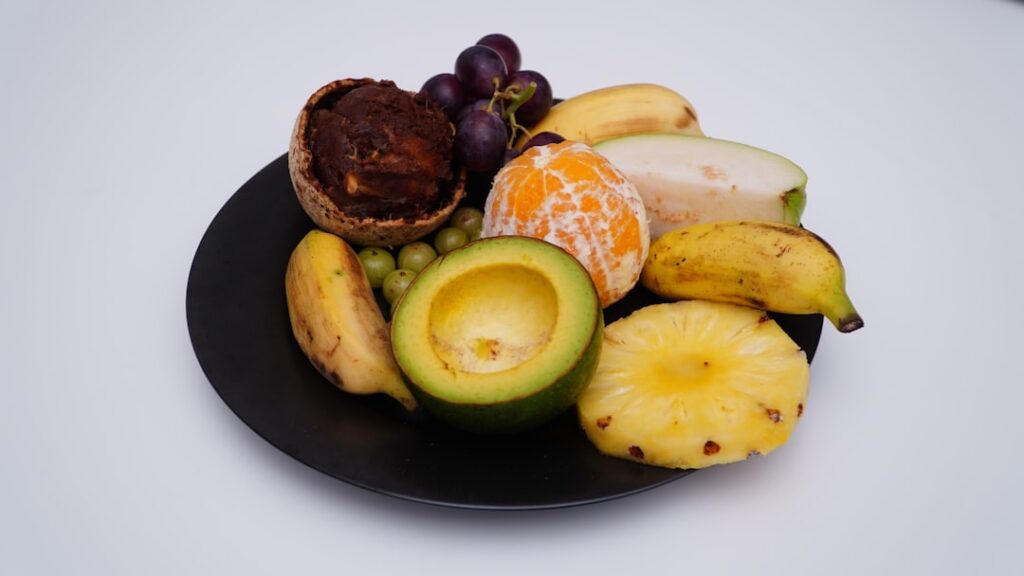Effective Anxiety Relief Techniques: Your Guide to Calm
Feeling overwhelmed by constant worry and unease? You’re not alone. Millions struggle with anxiety, a pervasive condition impacting daily life. This guide explores effective anxiety relief techniques, providing practical strategies backed by research to help you regain control and find lasting peace. Learning about and implementing effective anxiety relief techniques is a crucial step towards managing your condition.
Understanding the Anxiety Problem
Anxiety disorders are more than just occasional nervousness; they involve persistent, excessive worry and fear that significantly interfere with daily life. These disorders manifest differently in individuals, ranging from generalized anxiety disorder (GAD) to panic disorder and social anxiety disorder. The impact is substantial, affecting work, relationships, and overall well-being. Many people struggle in silence, unaware of the available support and effective strategies to manage their anxiety.
The Burden of Anxiety: Statistics and Impact
The prevalence of anxiety disorders is alarmingly high. According to the Anxiety & Depression Association of America (ADAA), approximately 40 million adults in the United States experience an anxiety disorder each year.[1] This translates to a significant portion of the population grappling with the debilitating effects of anxiety. Furthermore, the National Institute of Mental Health (NIMH) highlights the significant societal cost associated with untreated anxiety, including lost productivity and healthcare expenses.[2]
A Real-Life Scenario
Imagine Sarah, a 30-year-old marketing professional. She constantly worries about work deadlines, financial security, and her relationships. This persistent anxiety drains her energy, affecting her sleep and making it challenging to focus. Sarah feels isolated and ashamed, believing her anxiety is a weakness. She needs to understand effective anxiety relief techniques to navigate her daily life more calmly and efficiently.
Practical Anxiety Relief Techniques
Fortunately, various evidence-based strategies can significantly alleviate anxiety symptoms. These methods, when consistently applied, can lead to substantial improvements in managing and reducing anxiety.
1. Mindfulness and Meditation
- Regular practice of mindfulness meditation has shown to reduce anxiety symptoms. Focus on the present moment, observing thoughts and feelings without judgment.
- Guided meditation apps like Calm or Headspace can assist beginners.
2. Deep Breathing Exercises
- Deep, slow breathing activates the parasympathetic nervous system, reducing the body’s stress response.
- Practice diaphragmatic breathing: inhale deeply into your abdomen, hold for a few seconds, and exhale slowly.
3. Cognitive Behavioral Therapy (CBT)
- CBT helps identify and challenge negative thought patterns contributing to anxiety.
- A therapist guides you in developing coping mechanisms and healthier ways of thinking.
4. Regular Exercise
- Physical activity releases endorphins, which have mood-boosting effects and reduce anxiety.
- Aim for at least 30 minutes of moderate-intensity exercise most days of the week.
5. Healthy Lifestyle Choices
- Maintain a balanced diet, get adequate sleep, and limit caffeine and alcohol consumption.
- These lifestyle factors significantly impact mental well-being.
Debunking Anxiety Myths: What Nobody Tells You
Many misconceptions surround anxiety, hindering individuals from seeking help and adopting effective coping strategies. Let’s address some common myths:
- Myth: Anxiety is a sign of weakness. Truth: Anxiety is a common mental health condition, not a character flaw.
- Myth: You can simply “snap out of it.” Truth: Anxiety requires professional help and consistent self-care practices.
- Myth: Ignoring anxiety makes it go away. Truth: Untreated anxiety can worsen and lead to more serious mental health issues.
Finding Your Path to Calm: A Positive Outlook
Managing anxiety is a journey, not a destination. It requires patience, self-compassion, and a willingness to explore different strategies. By understanding the nature of anxiety, implementing effective techniques, and challenging misconceptions, you can significantly improve your mental well-being. Remember, you are not alone, and help is available. Take the first step towards a calmer, more fulfilling life today. Start by trying one of the anxiety relief techniques outlined above, and find what works best for you.




